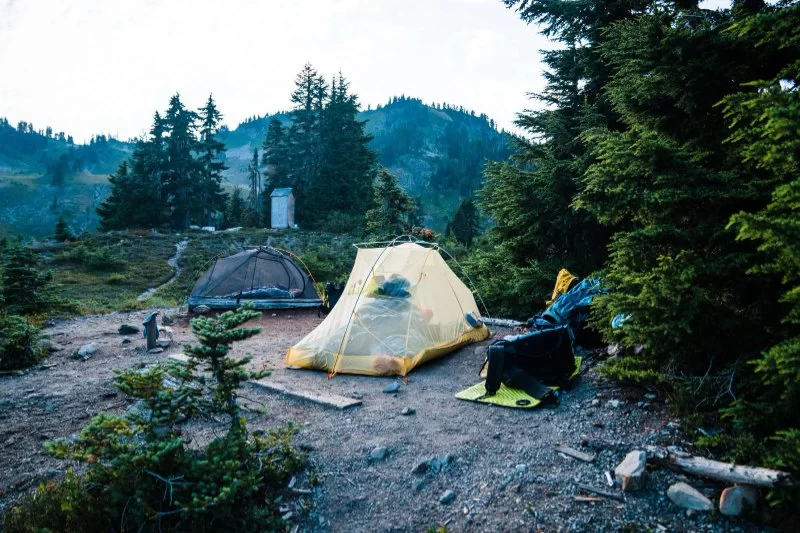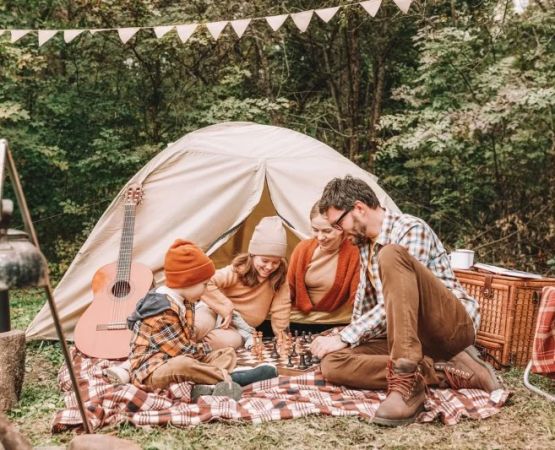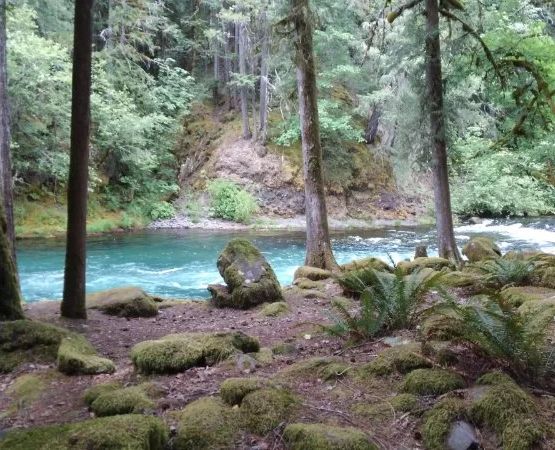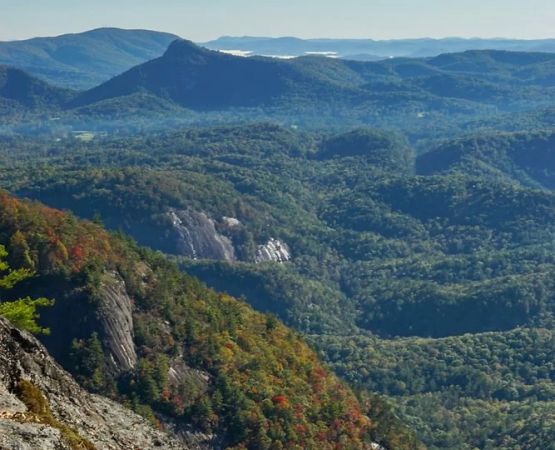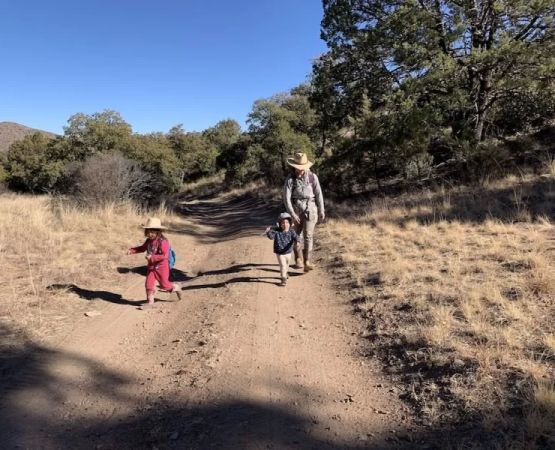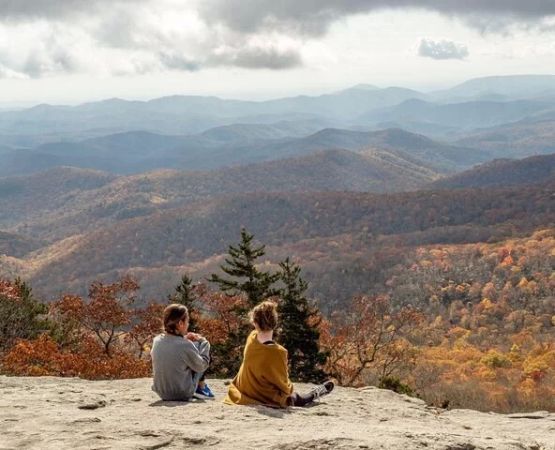- Why-a-solo-backpacking-tent-matters
- Weight-and-packability-for-long-trails
- Weather-resistance-and-durability
- Comfort-and-interior-space
- Ease-of-setup-in-different-environments
- Real-life-camping-stories
- Finding-the-best-value-for-solo-campers
Why a Solo Backpacking Tent Matters
For anyone venturing into the backcountry alone, the choice of a tent is more than just about shelter—it’s about safety, comfort, and independence. Choosing the right backpacking tent for solo adventures can determine whether your trip feels liberating or overwhelming. Unlike group camping, solo trekking means relying entirely on yourself, so your gear must be dependable. A tent designed for one person provides not only the necessary protection from wind and rain but also the reassurance of a personal, secure space. Many seasoned hikers say that the confidence of knowing your tent can withstand the elements is just as important as having the courage to travel alone.
Weight and Packability for Long Trails
When backpacking solo, every ounce counts. The right backpacking tent should strike a balance between lightweight portability and robust construction. A tent weighing under three pounds is generally ideal for single-person journeys. Ultralight models often use advanced fabrics and pole systems to minimize weight without sacrificing stability. Imagine trekking the Appalachian Trail: the difference between a 5-pound tent and a 2.5-pound tent could be the deciding factor in how much food or extra gear you can bring. At Pine Cliff Resort, outdoor experts often recommend considering not just weight, but also how compactly the tent packs into your backpack. A smaller pack size can free up crucial space for essentials like water filtration systems, sleeping bags, and cookware.
Weather Resistance and Durability
Nature can be unpredictable, especially when you’re alone. Your tent needs to handle sudden storms, heavy rain, and gusty winds. Choosing a solo backpacking tent that features double-wall construction and a full-coverage rainfly ensures you’ll stay dry even when the weather turns rough. Materials also matter: ripstop nylon or polyester combined with strong aluminum poles often make the best long-term investment. There are countless stories of campers whose trips were cut short due to leaky tents or broken poles. Experienced adventurers stress that durability isn’t just about withstanding a single trip but about trusting your gear over years of exploration.
Comfort and Interior Space
While solo tents are designed for one person, comfort should not be overlooked. A well-chosen tent provides enough space not only for sleeping but also for organizing gear. Look for tents with vestibules—covered exterior areas for storing boots, packs, and cooking equipment. Even small details, such as mesh pockets for personal items or an interior height that lets you sit upright, can make a difference on long journeys. After a full day of hiking, being able to retreat to a tent where you can stretch, read, or simply breathe without feeling cramped is invaluable. Comfort is more than a luxury—it’s part of staying mentally strong during extended solo trips.
Ease of Setup in Different Environments
Solo campers don’t have the luxury of extra hands when pitching their tents. That’s why ease of setup is one of the most critical factors when choosing the right backpacking tent for solo adventures. Freestanding tents are popular because they can be moved and adjusted without needing to stake them down first. Quick-clip pole systems also simplify the process, allowing setup in just minutes. Picture arriving at a campsite late in the evening or during a downpour—knowing you can set up quickly by yourself can be a lifesaver. Practice before hitting the trail ensures you’re ready for any environment, from dense forests to rocky ridgelines.
Real-Life Camping Stories
Hearing from other solo campers can be inspiring. One hiker from Colorado shared how her ultralight tent saved her trip during an unexpected snowstorm in the Rockies. She recalled waking up to find her tent coated in ice, yet she remained dry and warm inside. Another camper in the Pacific Northwest recounted how a quick-pitch tent kept him from getting drenched when he had only minutes to set up before heavy rain hit. These stories remind us that gear is not just technical specifications—it’s the foundation for unforgettable experiences and sometimes survival. Pine Cliff Resort often highlights such real-life accounts to help new campers understand the practical impact of their choices.
Finding the Best Value for Solo Campers
Price often plays a role in choosing a tent, but the best value is not always the cheapest option. Consider cost as a long-term investment in your safety and comfort. A slightly higher-priced tent with proven durability may save money in the long run by avoiding frequent replacements. Additionally, check for warranty coverage and customer support from manufacturers. At Pine Cliff Resort, specialists often guide customers toward models that combine affordability with quality, ensuring solo campers have gear they can trust without overspending. Ultimately, the right backpacking tent is one that balances price, performance, and peace of mind.

